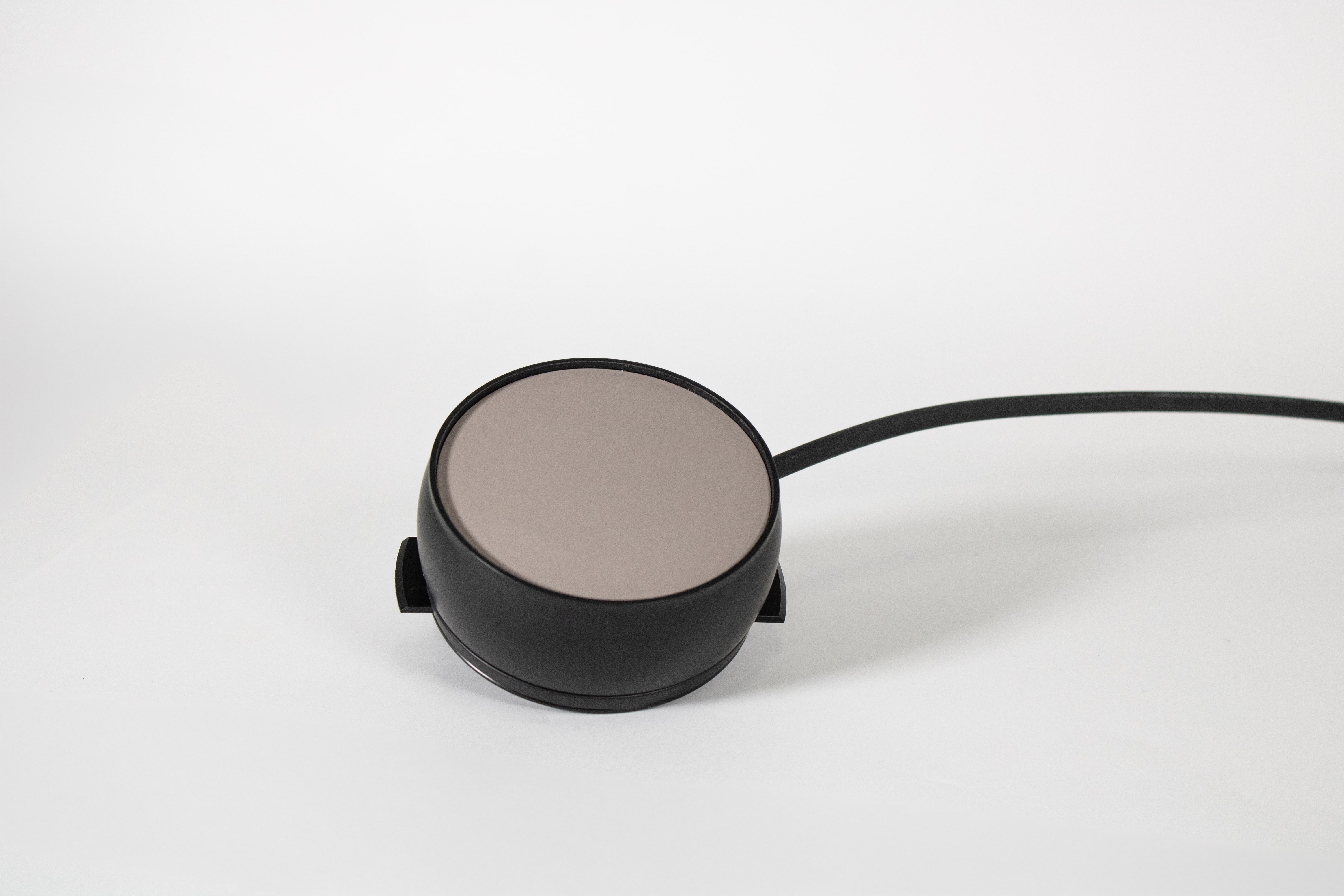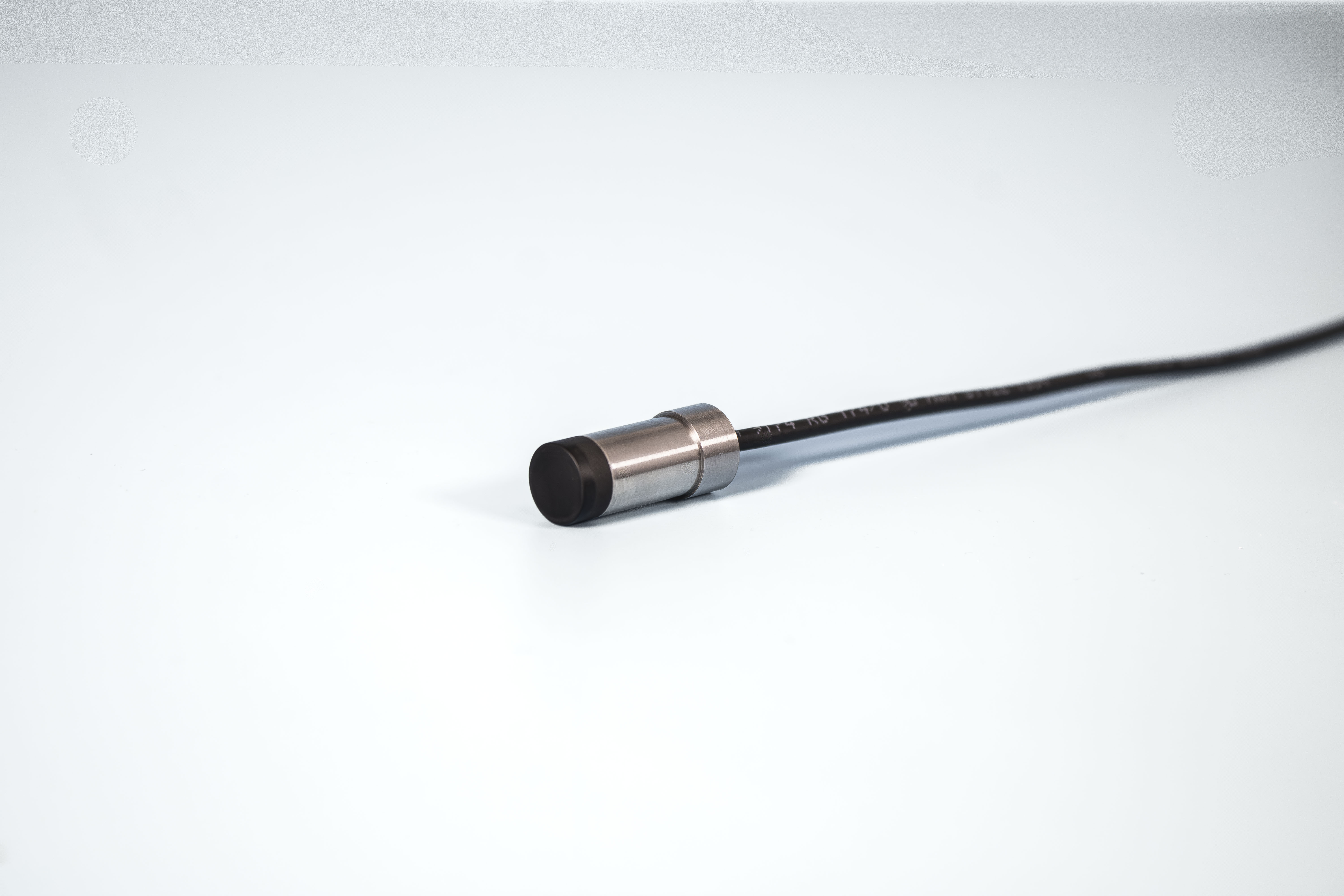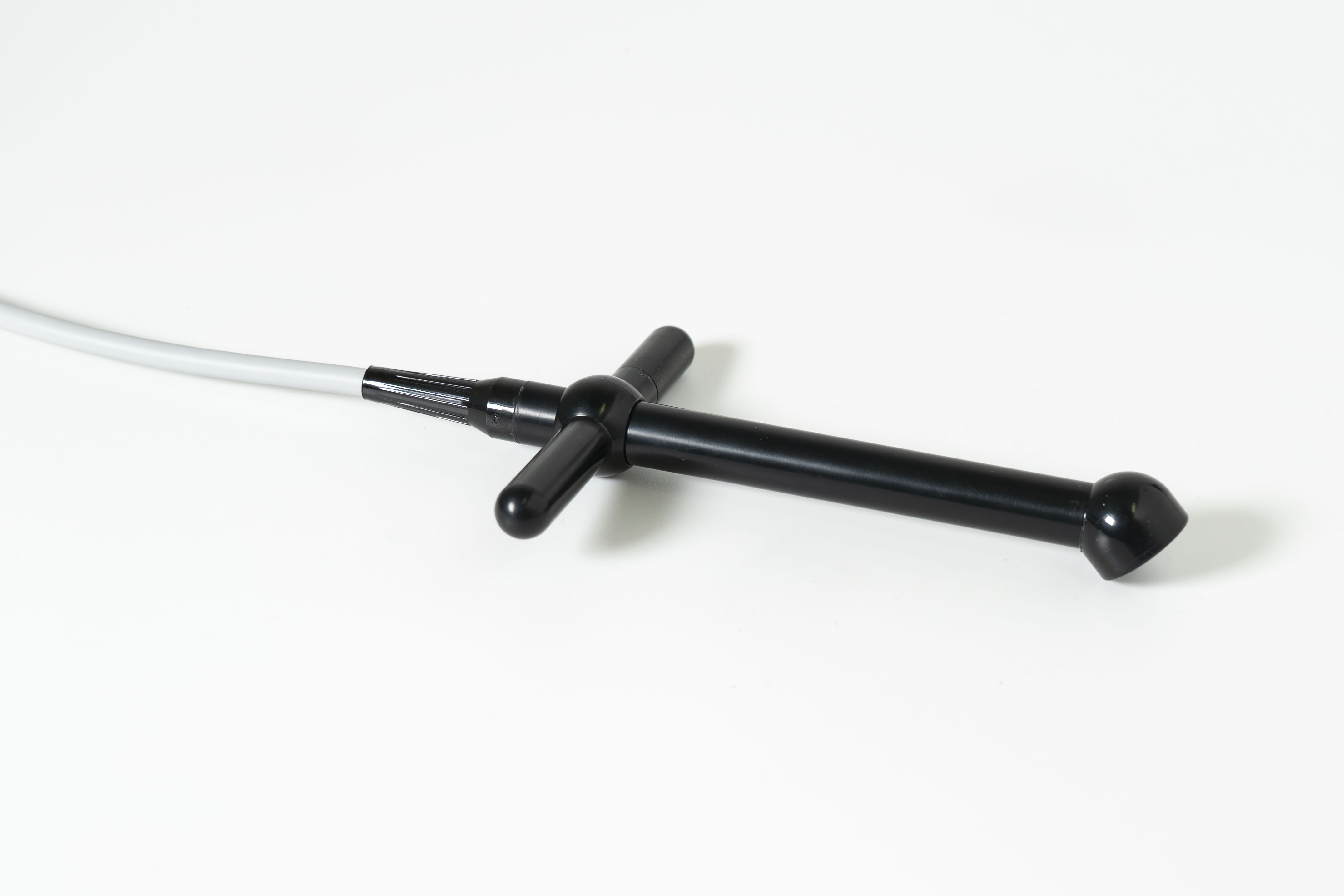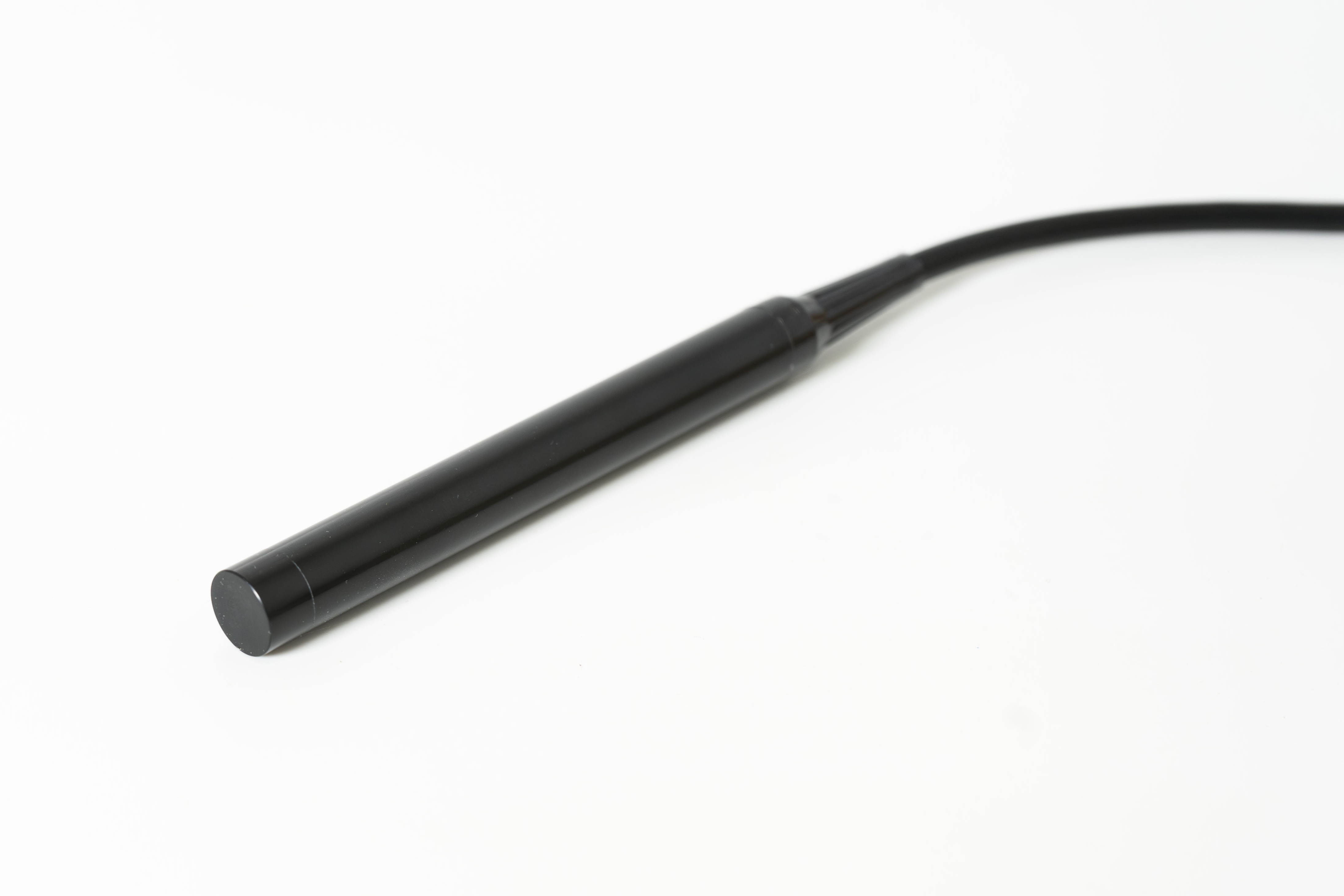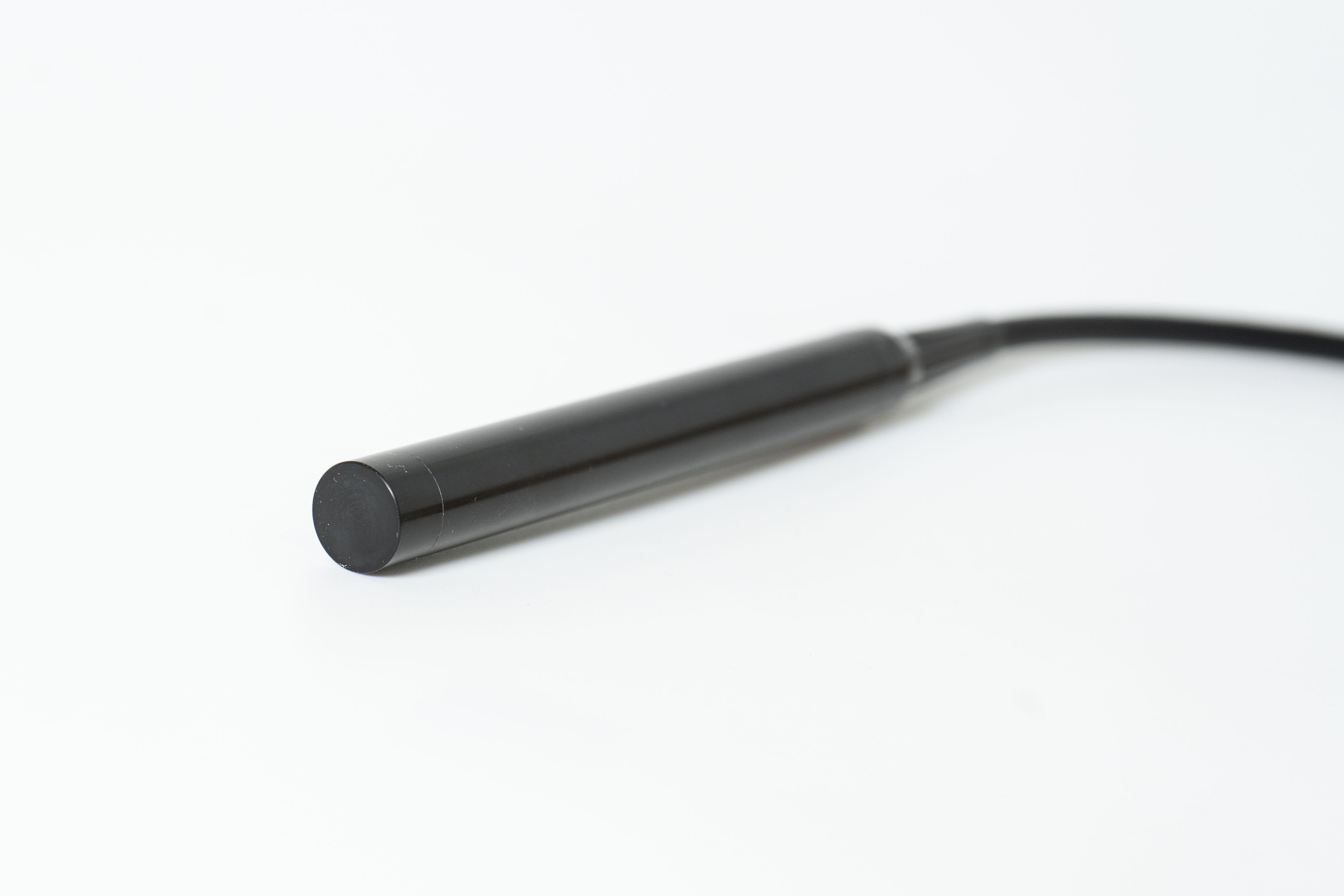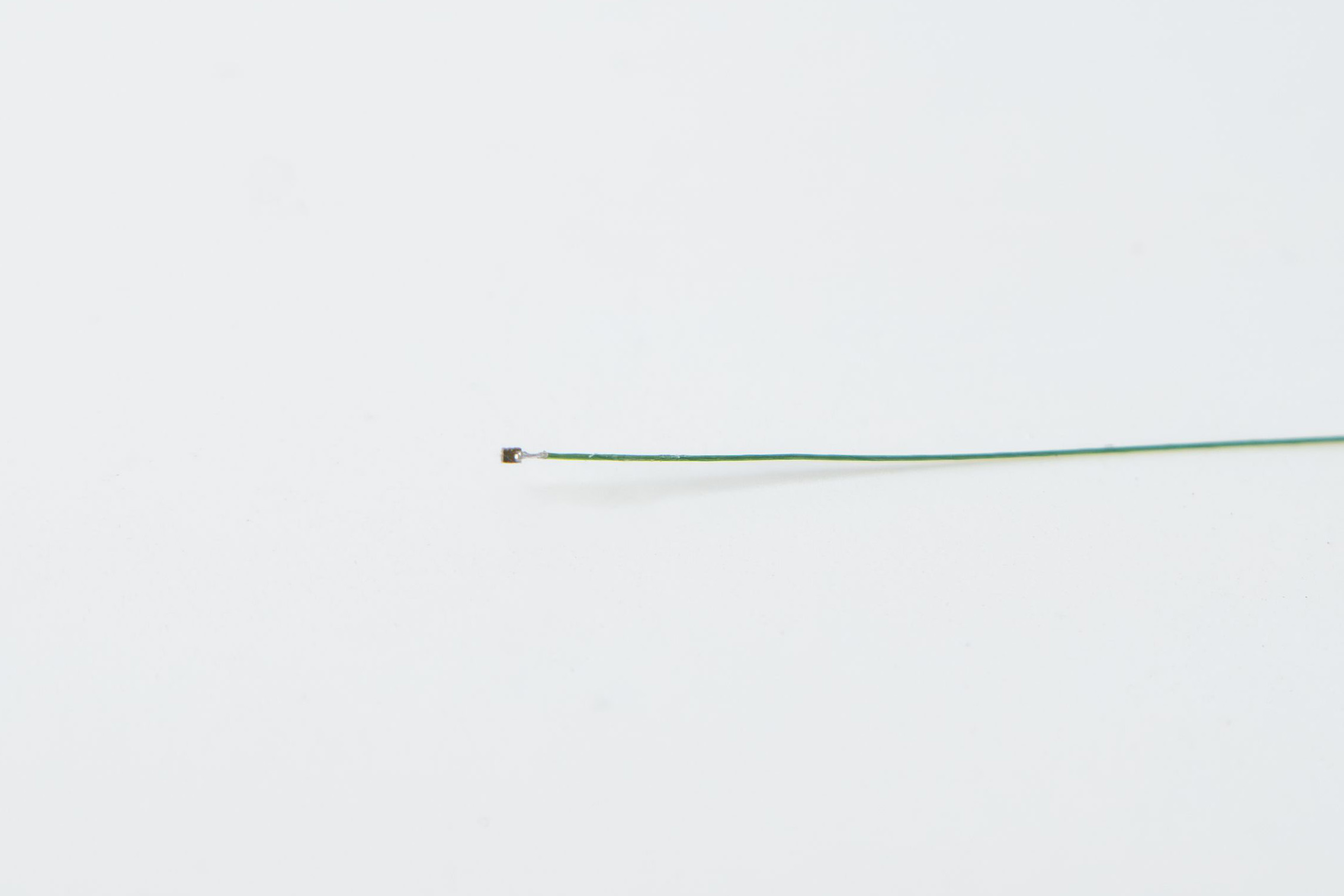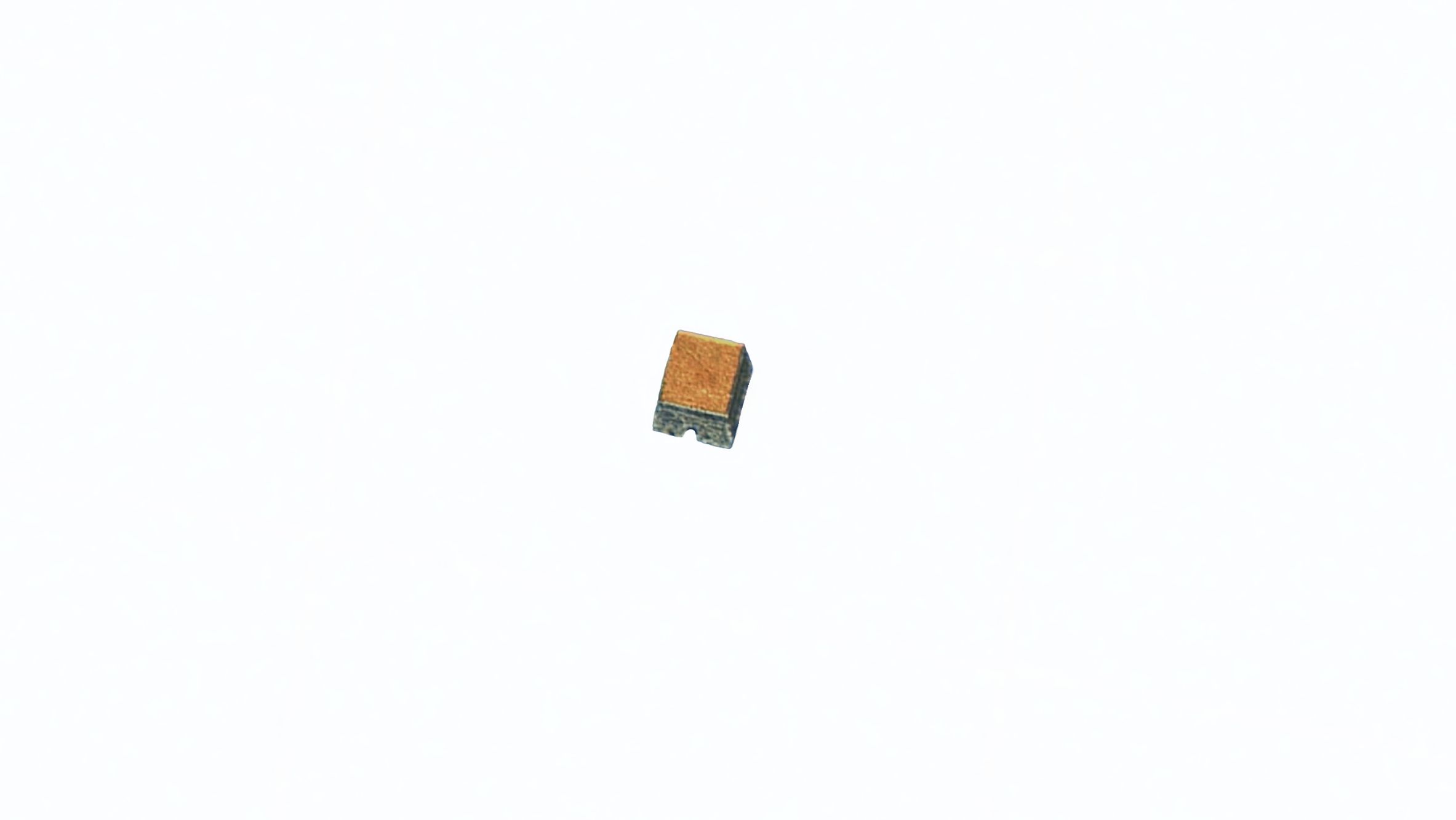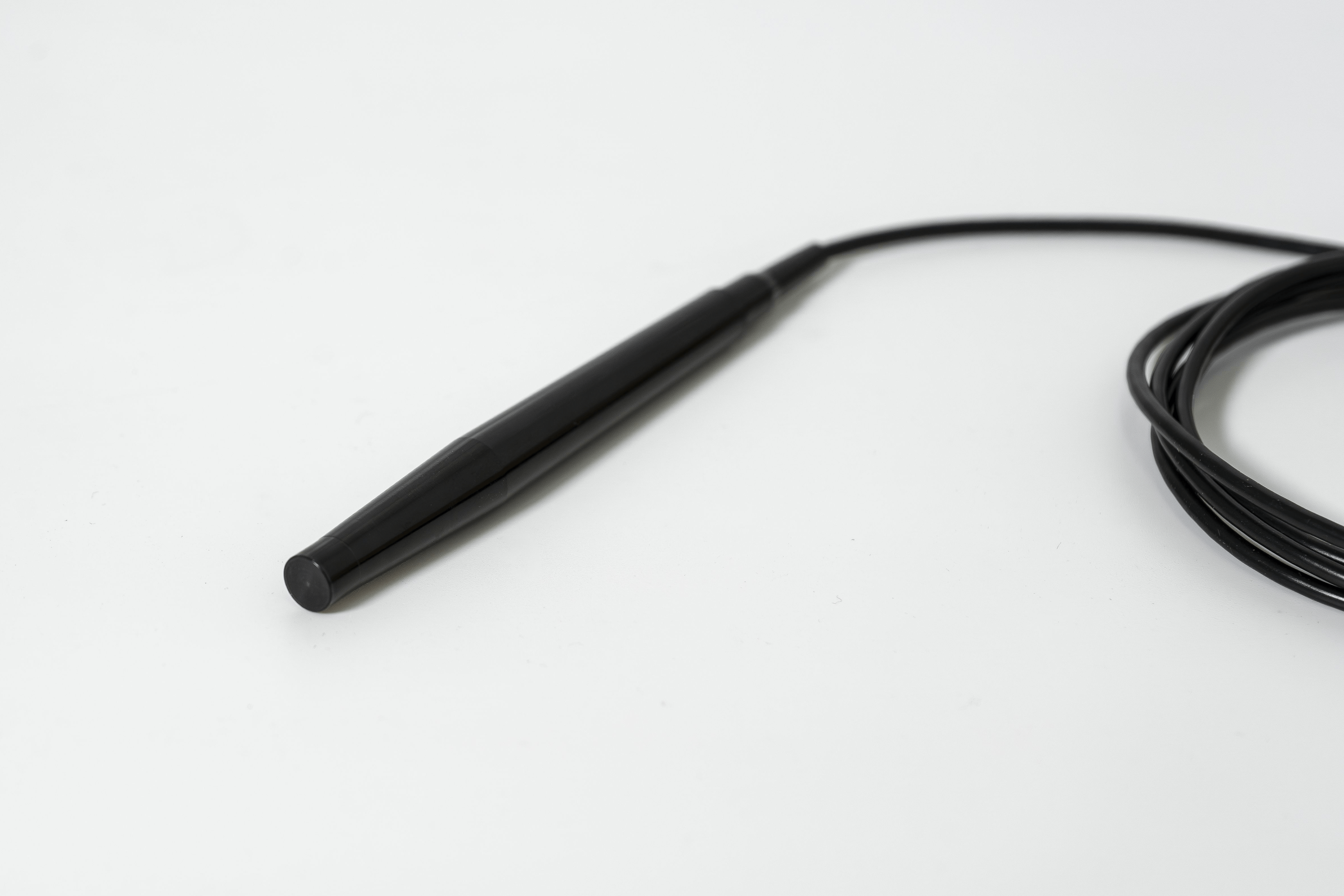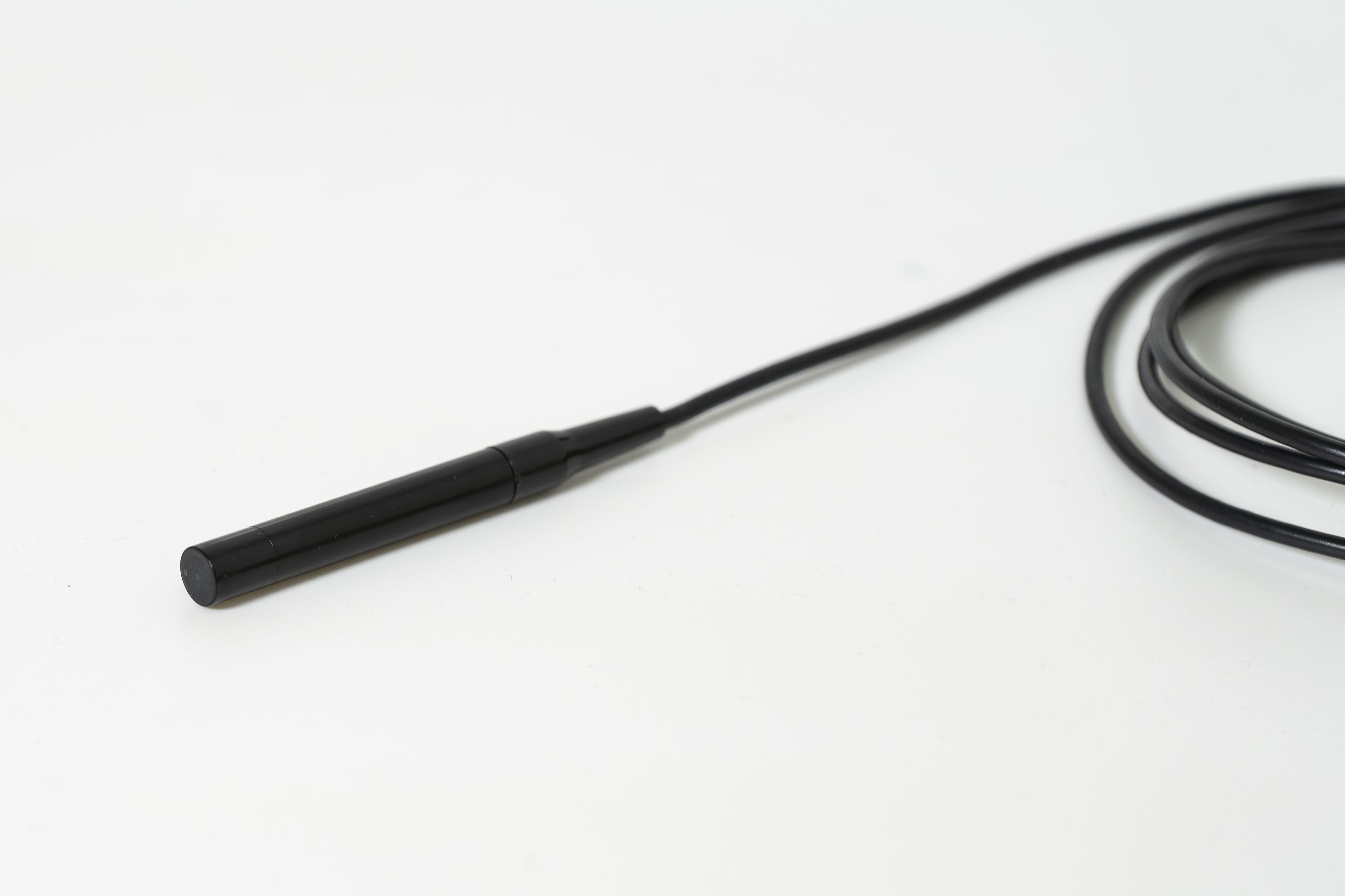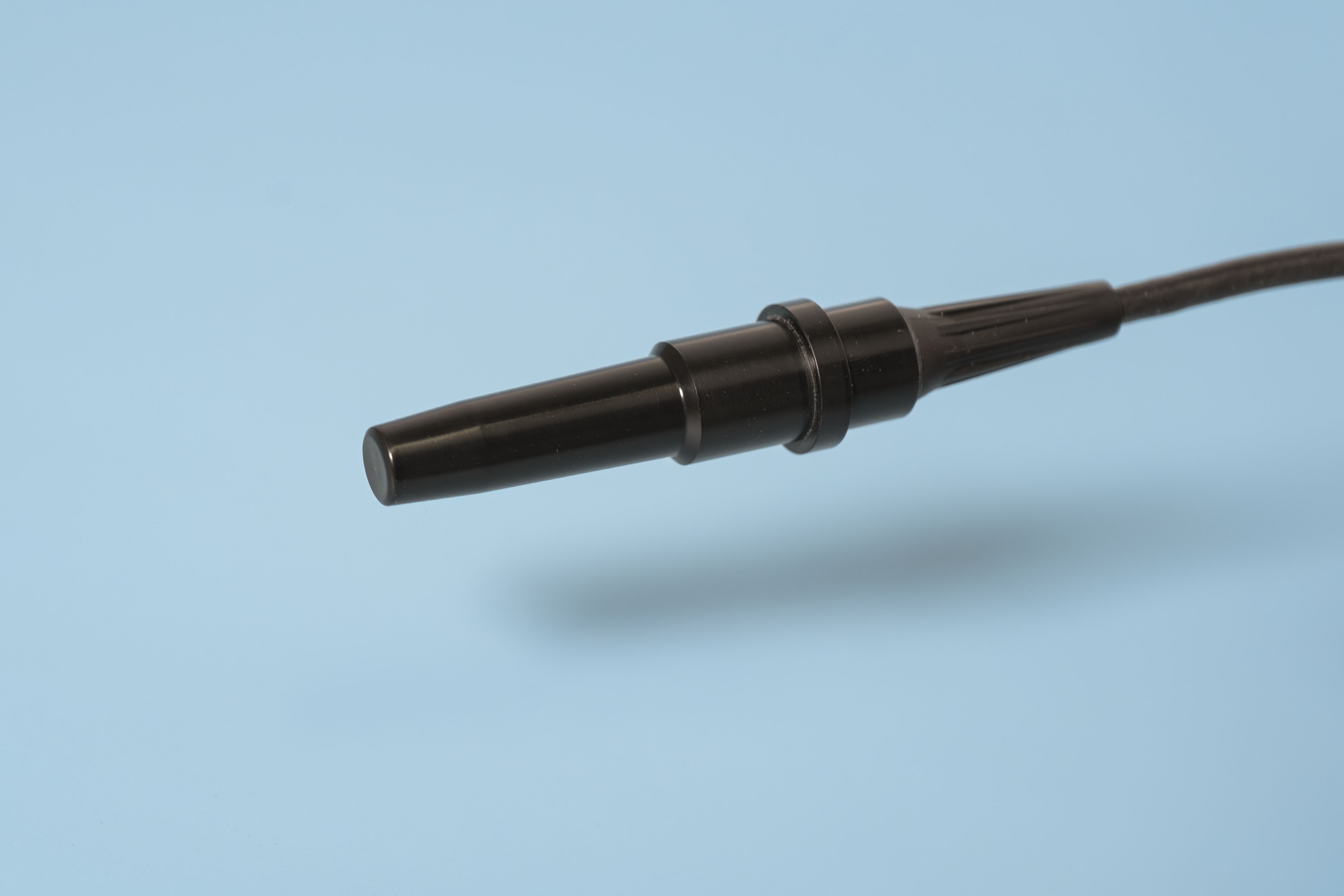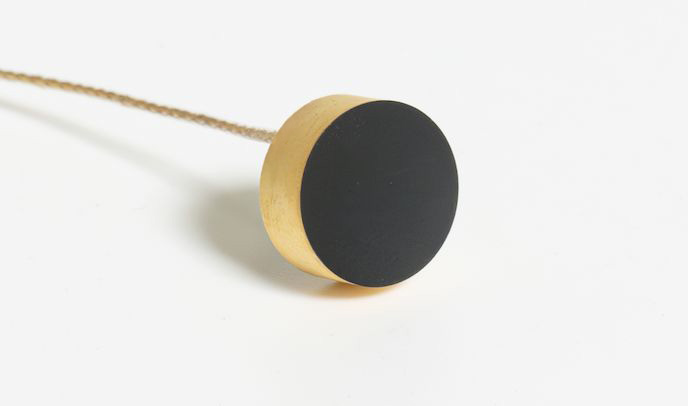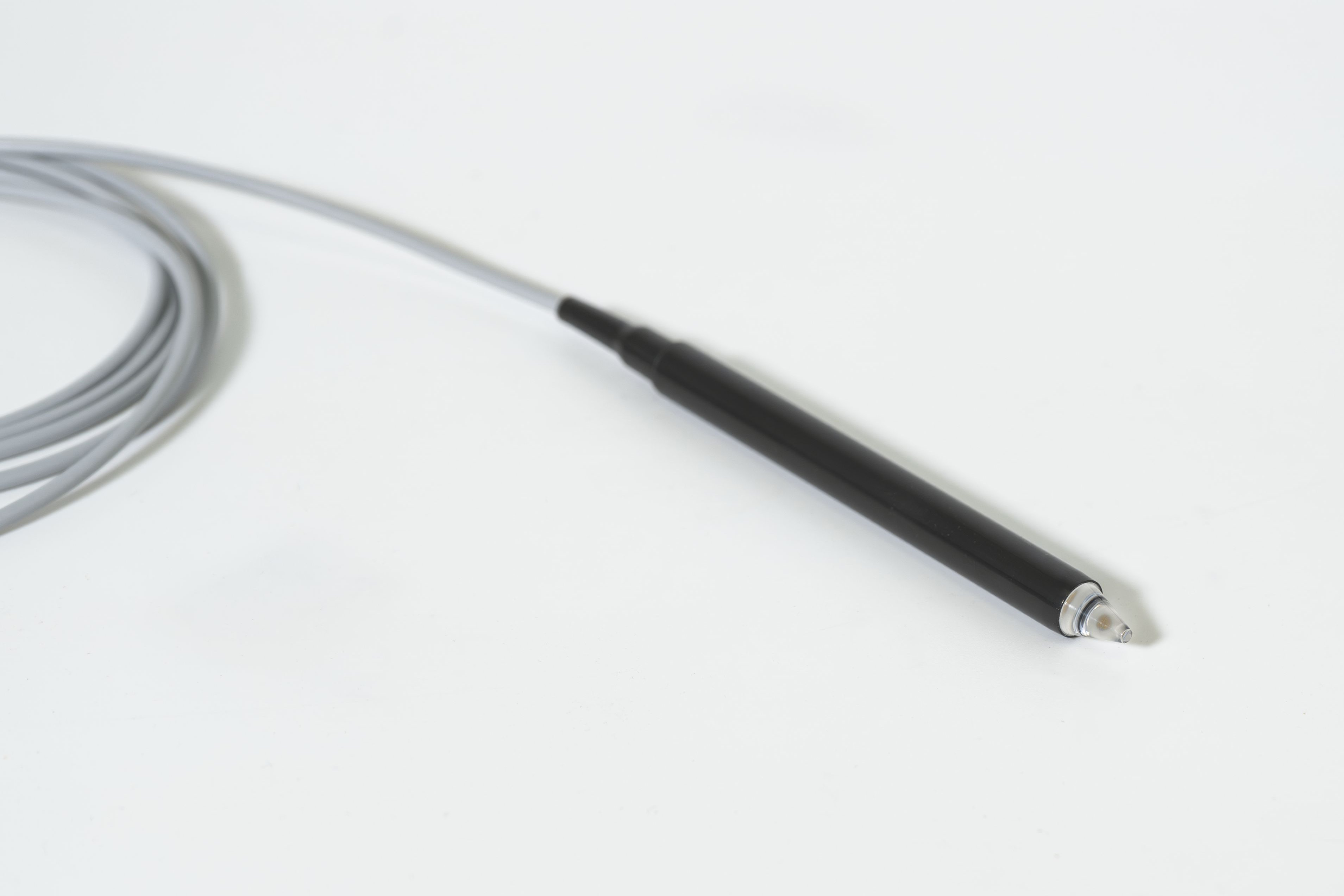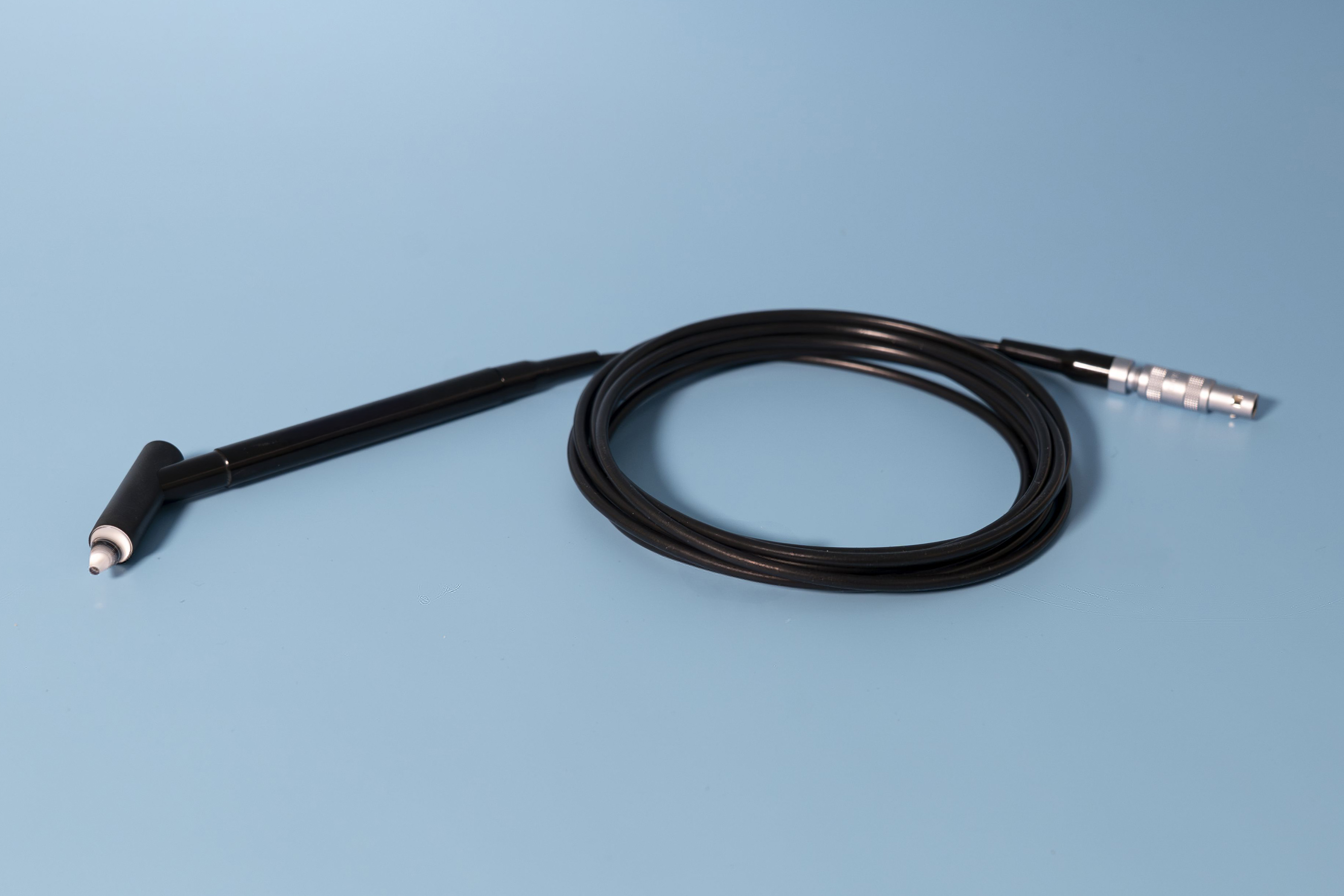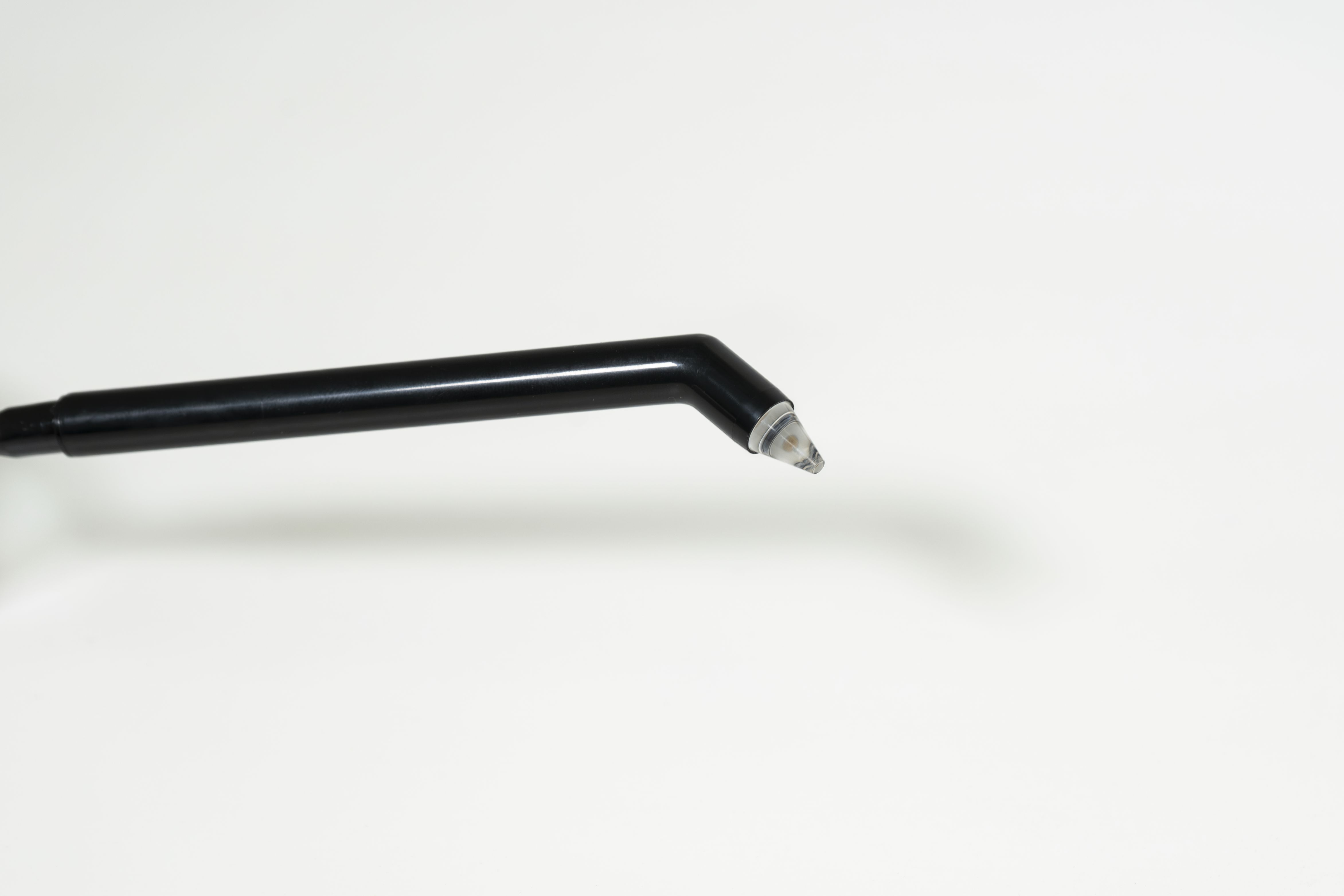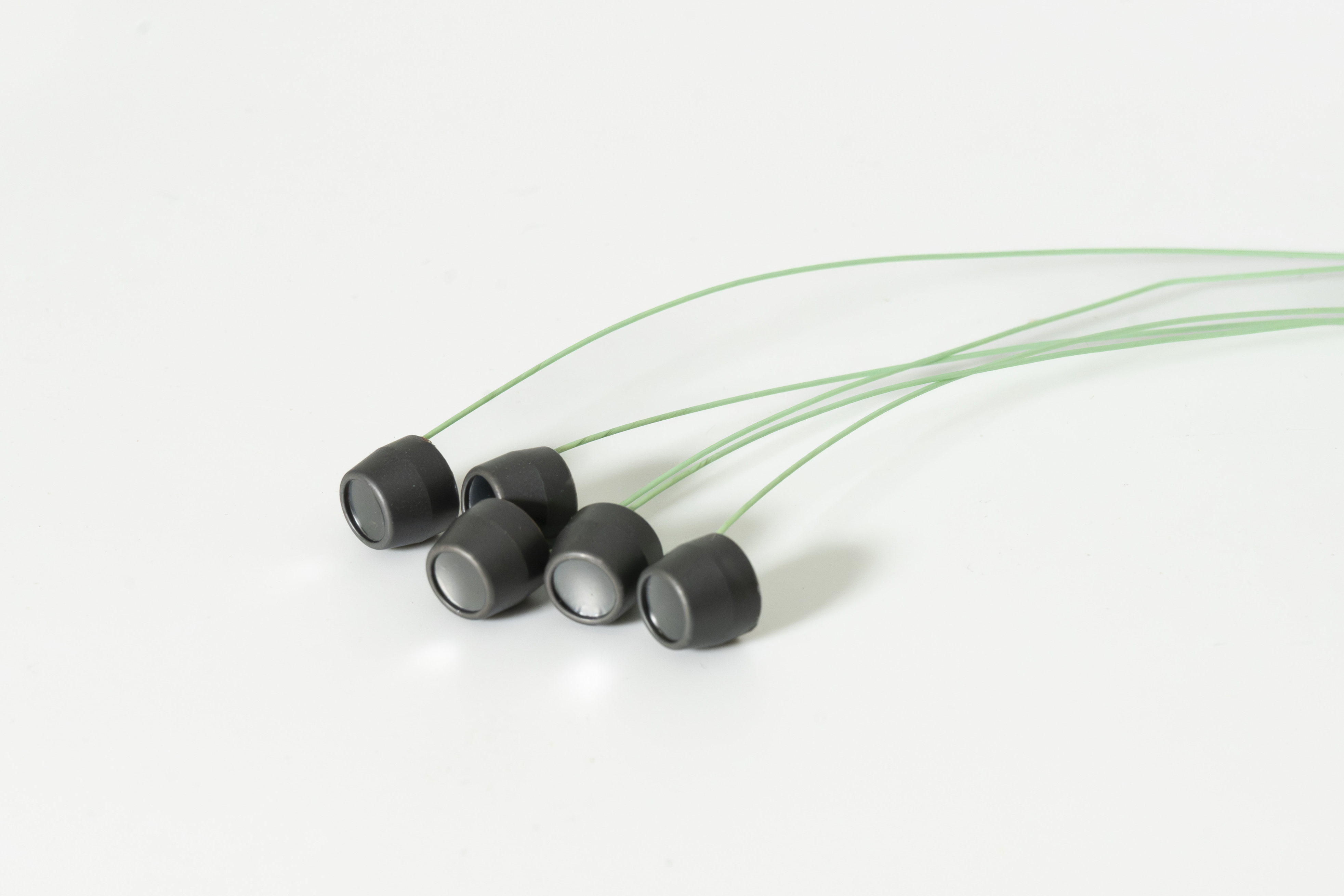Autoclave uses steam under pressure to create a sterile environment by killing pathogens inside the autoclave chamber.
The two most common sterilization temperatures are 121°C (250°F) and 132°C (270°F). A common barrier to proper sterilization is entrapped air. To remove entrapped air, autoclavable devices ramp pressure up to 30 PSI inside the chamber to create a 15 PSI pressure difference over the standard atmospheric pressure of 14.7 PSI.
Key factors to consider when designing an autoclavable device are whether the selected materials can withstand the temperature and pressure of an autoclave’s sterilization cycle. Through careful selection of proprietary materials, Blatek can effectively build autoclavable devices.
*PLEASE NOTE: ALL images on the Website are to illustrate design capabilities. Blatek custom designs and builds all transducers to meet each client’s application requirements.
High-Intensity Focused Ultrasound is the precise application of intense acoustic energy for treatment or ablation of the targeted tissue.
Blatek has collaborated with industry leaders to develop medical HIFU transducers. We have the capabilities and experience to custom design and fabricate HIFU transducers to meet client-specified applications.
*PLEASE NOTE: ALL images on the Website are to illustrate design capabilities. Blatek custom designs and builds all transducers to meet each client’s application requirements.
Matrix, Linear, Phased, Annular, Curved Linear
Blatek’s team of experienced scientists and engineers regularly collaborate with clients to design phased arrays, linear arrays, curved linear arrays, and high element count 1.5D or 2D arrays with broad bandwidth, high sensitivity, and excellent element-to-element uniformity.
Blatek can design and manufacture arrays in various element counts and pitch layouts. Furthermore, Blatek has built matrix arrays from as small as a three-by-three grid up to complex geometries with over 1500 active elements.
The versatility of Blatek’s proprietary piezo composite, matching layers, and backing components give Blatek scientists and engineers a distinct advantage when creating innovative designs for any element count, pitch, elevation, and radius of curvature. Furthermore, the team collaborates with clients to fit the arrays into whatever physical configuration suits their needs. Final form-factors range from complete cabled probes to connectorized heads with case-less sub-assemblies.
*PLEASE NOTE: ALL images on the Website are to illustrate design capabilities. Blatek custom designs and builds all transducers to meet each client’s application requirements.
Transcranial ultrasound stimulation (TUS) is a non-invasive technique that can excite or inhibit neural activity with the delivery of ultrasound energy to specific regions of the brain.
TUS may have wide-ranging therapeutic potential to treat neurological diseases such as Alzheimer's Disease, epilepsy, and stroke. Blatek has collaborated with innovative researchers to develop neural stimulation devices.
*PLEASE NOTE: ALL images on the Website are to illustrate design capabilities. Blatek custom designs and builds all transducers to meet each client’s application requirements.
Blatek manufactures CW and PW Doppler probes in a wide range of frequencies and styles.
Doppler probe applications range from blood flow measurements to monitoring fetal heart rates. Blatek designs and builds Doppler probes with proprietary piezo composite materials that exhibit high sensitivity and broad bandwidth for superior performance over conventional ceramic transducers. Typical frequencies are 2MHz, 5MHz, and 8MHz, but additional frequencies are available upon request. Typical element impedance is 50Ω ± 10Ω. Blatek can tune to other values upon request.
*PLEASE NOTE: ALL images on the Website are to illustrate design capabilities. Blatek custom designs and builds all transducers to meet each client’s application requirements.
2CW Doppler
5CW Doppler
8CW Doppler
Blatek has designed ultrasound probes small enough to reside at the tip of a catheter that provides physicians with clear real-time images of soft tissue.
Blatek has worked with industry leaders to provide probes for use in intravascular (IVUS), intracardiac echocardiography (ICE), endoscopic ultrasound (EUS), endobronchial ultrasound (EBUS), and transesophageal echo (TEE) applications.
*PLEASE NOTE: ALL images on the Website are to illustrate design capabilities. Blatek custom designs and builds all transducers to meet each client’s application requirements.
IVUS Chip With Wire
IVUS Chip
ICE
Endo-vaginal, endo-rectal, and endo-cavity transducers have small footprints and range in frequency from 3.5MHz to 11.5MHz.
Blatek engineers can design endo cavity probes to fit specific body orifices to facilitate physicians in performing an internal examination of a patient. Blatek’s team of experienced scientists and engineers strive for the optimal balance between form, fit, and function when designing endo-cavity probes.
*PLEASE NOTE: ALL images on the Website are to illustrate design capabilities. Blatek custom designs and builds all transducers to meet each client’s application requirements.
Laparoscopic ultrasound is a reliable, close contact means to evaluate the common bile duct during laparoscopic cholecystectomy.
The ability to place the transducer in close contact with the tissue under examination allows the use of a high-frequency transducer. Higher frequency ultrasound waves yield better resolution than the lower frequencies necessary for adequate depth penetration during transabdominal imaging.
Blatek Laparoscopic probe designs employ a high frequency, wide bandwidth, curvilinear, side viewing transducer to gather the information needed to provide the desired imagery.
*PLEASE NOTE: ALL images on the Website are to illustrate design capabilities. Blatek custom designs and builds all transducers to meet each client’s application requirements.
(A-Scan, B-Scan, Pachymetry, UBM)
A-scan probes perform the most fundamental ultrasonic modality and are the starting point for more complex ultrasonic imaging and examination methods.
Blatek builds premium A-scan transducers in frequencies ranging from 10MHz to 20Mhz. Blatek provides A-scan probes with precision-tuned piezo-composite material optimized for maximum performance. Blatek A-scan probes ship with a fixation light in the center of the transducer face to aid visual axis alignment.
B-scan transducers create two-dimensional, cross-section views. Blatek constructs B-scan probes with high-grade bio-compatible materials. Blatek provides optimum matched piezo composite stacks for customers to integrate with their electronics in an ergonomic handle.
Pachymetry probes accurately measure thicknesses within the eye. Blatek is a leading provider of Pachymetry probes. Blatek uses bio-compatible materials and state-of-the-art ceramics in the construction of its time-tested Pachy probes. Frequency design options ranging from 10MHz to 50MHz provide the necessary resolution for precise and accurate measurements.
UBM probes offer an ideal modality for the evaluation of ciliary body pathology. Ophthalmologists use UBMs to map the cornea. Mapping the cornea is an accurate and feasible way to track corneal shape and thickness changes following LASIK surgery. Another application of UBM probes is the characterization of the eye lens. High-quality characterization of the natural lens permits the production of a more accurate synthetic lens. Moreover, UBM probes are a useful tool to identify structural morphologies contributing to glaucoma, such as iris plateau syndrome. Blatek provides optimized UBM stacks for customers to integrate with their electronics in an ergonomic handle.

